Christian Dior Takes Verbal Eloquence to New Heights in Paris Fashion
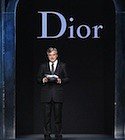
Thu 10 Mar 2011
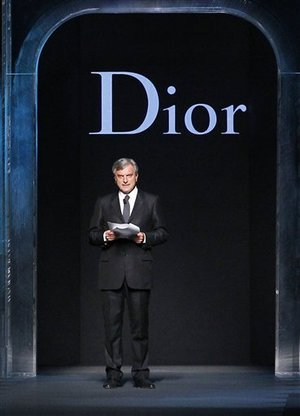
Dior CEO Sidney Toledano reads a statement after Galliano’s outrageous remarks. All photos: Jacques Brinon/AP Photos
Normally, a visit to the Rodin Museum means admiring the sculptor’s most revolutionary works of art: The Kiss; The Thinker; and The Burghers of Calais. But last week, on March 4, 2011, another kind of revolution took place here in the Paris fashion world, one that has rocked the world of high fashion—namely the Dior fall-winter prêt-à-porter women’s fashion show held beneath a cavernous tent put up in the Rodin gardens. What took place was far more radical than Dior’s 1947 New Look.
The fashion show capped off a disastrous week for Christian Dior after its star designer John Galliano was fired following claims that he had repeatedly drunkenly abused and used anti-Semitic insults against people in a café in the historically Jewish Marais district. If anyone had any doubts, they could always view a YouTube video showing a solitary Galliano stating his love for Hitler.
In a country that endured both the Nazi occupation and the French collaboration for four years, such behavior is criminal. Galliano’s case will be heard in the second quarter of 2011, and, if found guilty of racism, the couturier—who was sacked on Tuesday by Dior—could face a sentence of six months in jail and a fine of 22,500 euros ($31,000).
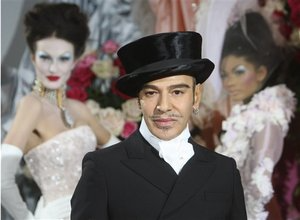
Galliano in better times.
Normally, the Dior show is one of the most festive shows during Paris Fashion Week, with everyone anticipating a sight of Galliano, who had the knack of emerging in a different outrageous getup to the delight of paparazzi and fashion bloggers. No more.
While everyone expected to see a show of outfits designed under Galliano’s supervision, the atmosphere was subdued and the decor funereal—long black chairs hung with white name cards tied with black ribbon. An era had clearly come to a crashing end.
The clothes, a roundup of Dior best-ofs—fitted leather jackets, tweed jackets with fur stoles, sheer floor-length dresses in black or white that revealed miniscule bikini panties, and heavy buckled covered boots with pencil-thin heels—were well received but anticlimactic in light of the week leading up to the show.
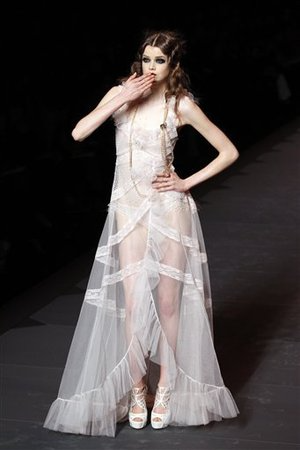
Above and below: Dior models at this year’s show.
It can be said that fashion remains ephemeral. The words uttered that day by the company’s president, Sidney Toledano, are what will remain in the minds and hearts of all of us who were privileged to attend this show.
“It has been deeply painful to see the Dior name associated with the disgraceful statements attributed to its designer, however brilliant he may be,” Toledano told the audience, who hung on every word. “Such statements are intolerable because of our collective duty to never forget the Holocaust and its victims, and because of the respect for human dignity that is owed to each person and to all peoples.
“The heart of the House of Dior, which beats unseen, is made up of its teams and studios, of its seamstresses and craftsmen, who work hard day after day, never counting the hours, and carrying on the value and the vision of Monsieur Dior. What you are going to see now is the result of the extraordinary, creative and marvelous efforts of these loyal, hardworking people.”
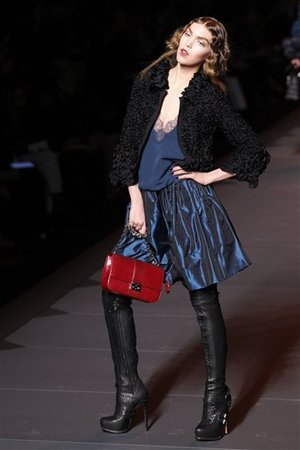
When more than 50 of those “loyal, hardworking people” suddenly appeared on the runway, and stood proudly beneath the towering logo of Dior—a first since the couture house was founded, in 1947—the entire audience rose to its feet. It was resoundingly clear that haute couture is made up of people first and foremost who are capable of standing up for human dignity, the chicest and most wearable look of all.
Rachel Kaplan is the president of www.frenchchicshopping.com and was an editor for Elle International in Paris from 1994 to 1997. She is also the author of Best Buys to French Chic.